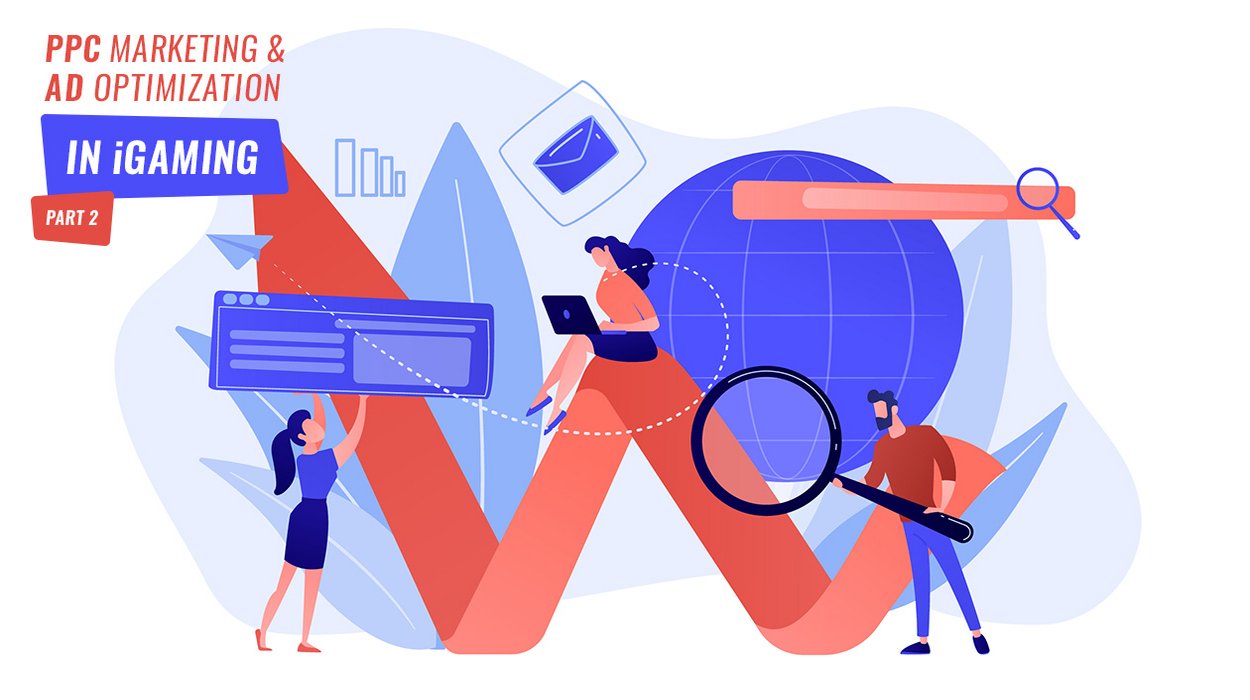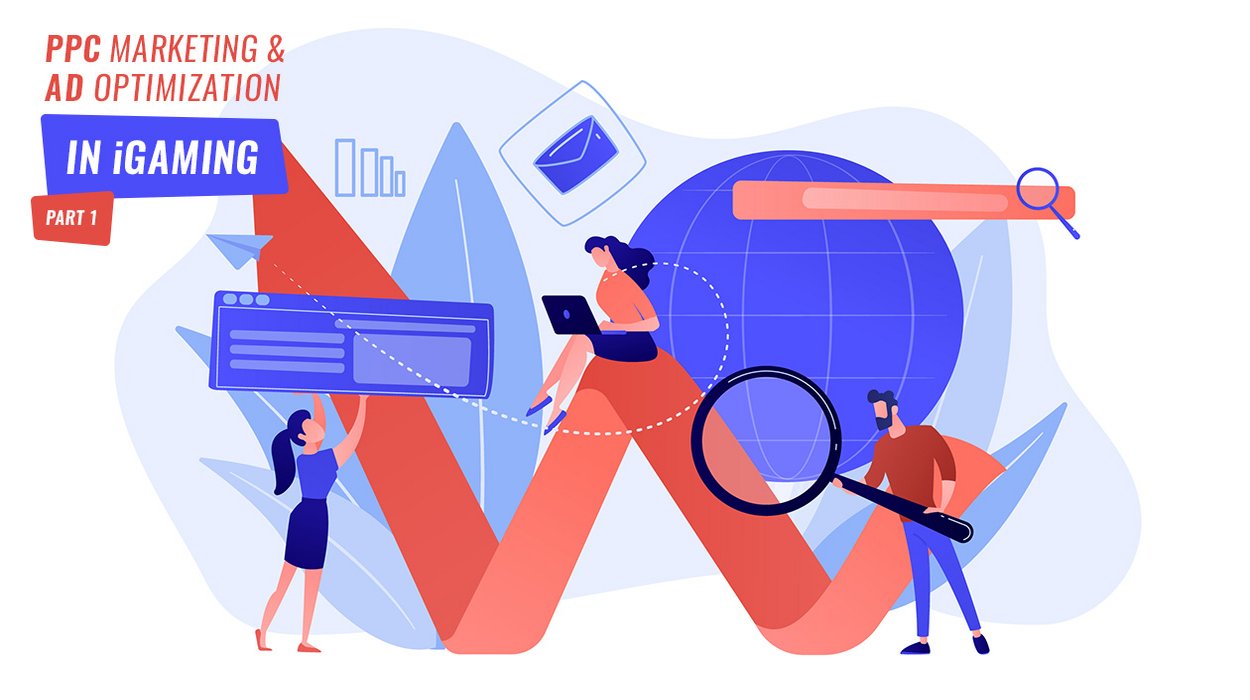
Newcastle, Lego and Greenpeace near Top of Marketing Mountain
Fast Company’s recent article, The World’s Top 10 Most Innovative Companies of 2015 in Advertising/Marketing, includes a range of recognizable agencies, products and organizations. Not to be mistaken with a list of the world’s best ads, Fast Company tells us that “today’s best advertising doesn’t resemble advertising at all.”GlobeThat deduction sounds like it may complicate many a company’s marketing strategy – it probably will. But the list and the reasoning behind those who made it can also serve to benefit those in the iGaming industry pursuing creative prominence.
Below are four things this list tells us about the current state of marketing that can be applied to advertising in iGaming. Also included are two brands from the top 10 that exemplify each of the identified themes.
Display cultural awareness.
Brands of note: 72 and Sunny, adam&eveDDB
Understanding the world in which your brand operates will also help you to understand the people that you are trying to reach. iGaming brands have room to work with in this regard, given the potential size and reach of the industry. The challenge is finding the story angles that can speak to an audience with sincerity and style.72 and Sunny showed their ability to tap into the public consciousness through partnerships with the likes of Google, Call of Duty and Starbucks. The latter of these collaborations resulted in the “Meet Me at Starbucks” campaign, which visited 28 countries to focus on the customers that make the brand a global powerhouse.
While already successful in general terms, the team at adam&eveDDB has established itself as the ad agency of the holiday season. Not satisfied with relying on cliché holiday sentiment, adam&eveDDB finds original ways to embrace such things as humour, candor and goodness. Need proof? Three words: Monty the Penguin.
Embody consistent awesomeness.
Brands of note: Lego, Taco Bell
While this seems a bit on the nose, not every industry has the same leeway as iGaming, which is one of those that looks at the word awesome and says “we got this”. The nature of gaming allows for lots of character, improvisation and mischief that can be executed in a manner that elevates a brand in the eyes of their audience.Everything is awesome – or so the Lego movie theme song would have us believe. Actually, they make a pretty good case. Lego solidified its standing with the domestic box office’s 5th highest grossing movie of 2014. The brand is also dogged in seeking licensing agreements with popular brands – 2015 has already seeing deals reached with Scooby-Doo and Doctor Who.
Taco Bell has proven adept at gaining exposure through various channels, an area where increasingly tech-savvy iGaming operators are striving to succeed. While Taco Bell’s YouTube Channel offers up a hearty serving of the brand’s diverse vision, its best scheme of the year came in the form of an ordering app, which is highlighted in the below spot.
Strive for fun or funny. If the latter, then be self-deprecating.
Brands of note: Newcastle Brown Ale, General Electric
Similar to the previous point, the iGaming industry has a lot of flexibility and material with which to build a foundation of joy and amusement through its marketing. In fairness, this is already a common approach in the marketplace – but it’s also one that is common in beer advertising. Brands of all kinds must find ways of enhancing existing areas of strength.Over the last 13 months, Newcastle has been the world’s best beer advertiser. Not only has the brand been funny but they’ve also been timely, taking full advantage of the last two Super Bowls (and possibly Super Bowl 2016?) as well as Independence Day in the US. The latter of these resulted in the star-studded “If We Won” campaign, which celebrated Independence Eve and mused over what might have been had Britain won the Revolutionary War.
It’s safe to assume a lot of smart people work at General Electric. The good news is they understand that, despite most of us not being on the same level in terms of understanding science, we do like pictures that show us science. The GE Vine account is a perfect example of this appreciation. And the below is an example of GE’s appreciation of our appreciation for Jeff Goldblum.
Embrace the ties that bind.
Brands of note: Beats by Dr Dre, Greenpeace
Making a connection with your audience is, of course, one of the most important qualities in strong advertising. Often times that connection is facilitated by identifying very real and very strong links between a product or organization and other common aspects of society shared by the target audience.Beats by Dr Dre is exceptional in terms of grasping its core audience: young, social media savvy and propagators of celebrity fandom. What Beats does well is make their celebrity participants relatable. Whether it’s the “do what you want” vibe of the #SoloSelfie campaign or the sincerity of the “Hear what you Want” campaign, Beats understands how to dial down celebrity while heightening engagement.
Greenpeace is an unlikely parallel to draw with the iGaming industry – but they’re here for good reason: showing what can happen when purpose, message and audience exist in harmony.
Lego was mentioned earlier for consistent awesomeness. Well, in 2014 Greenpeace released a video entitled LEGO: Everything is NOT awesome, slamming the brand for its association with Shell. Lego ended its relationship with the petroleum company with plan for an Artic drilling expedition.
From the above marketing efforts and themes we are reminded that there isn’t a magic concoction which can be fed to consumers to ensure their engagement. Electing to incorporate a particular sentiment or emotion is only the first step to an advertising campaign – its successful expression and execution is what matters most.


